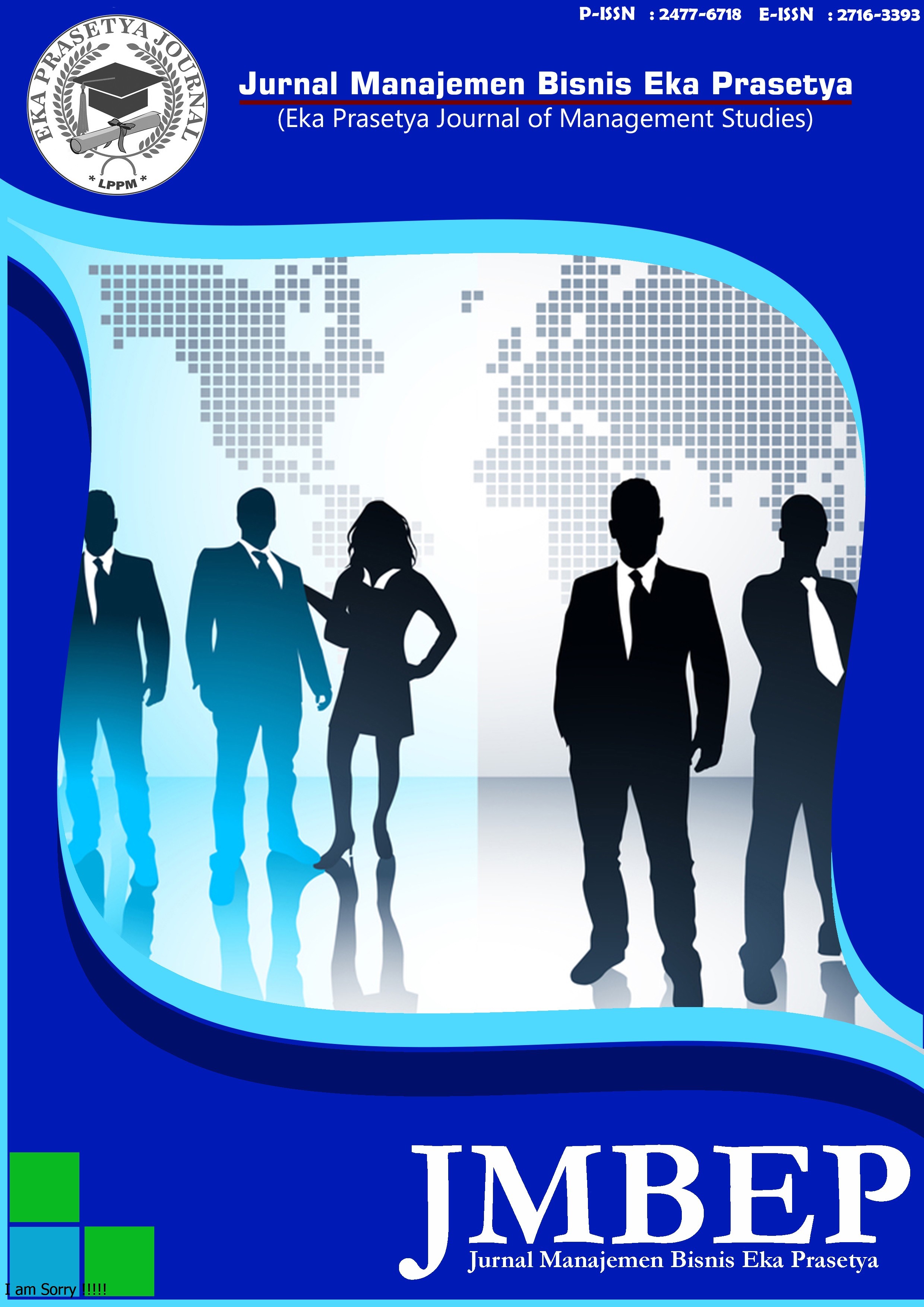INFLUENCE OF TOURISM FACILITIES AND DESTINATION IMAGE ON THE SATISFACTION OF TOURIST VISITORS ON SAMOSIR ISLAND
Abstract
Abstract
The packaging of the tourism industry must involve all parties or the community and regional government so that the tourism development process can proceed according to what is expected. The aim of the involvement of all parties is to build a strong destination image and provide adequate tourist facilities so as to produce superior visitor attraction at the destination. Everyone who comes to see and enjoy a tourist area will give an impression, assessment and provide an evaluation of what they feel to determine the decision to visit a tourist attraction. Related to this, the factors of tourist facilities and destination image have an important role in the level of visitor satisfaction, because if the visit feels safe and comfortable then visitors will feel satisfied when they come to the tourist attraction, the impact is that visitors will return to the tourist attraction and the impact is that visitors will carry out promotions indirectly. to their relatives, friends and through the social media they have so that many people will know about this tourist area. Tourist facilities influence visitor satisfaction with a significance value of 2,459 > t table of 2.004, so that H1 is accepted and H0 is rejected, which means that separately (partially) there is an influence of tourist facilities on visitor satisfaction. Destination image influences visitor satisfaction with a significance value of 0.438< t table of 2.004 so that H1 is accepted and H0 is rejected, meaning that separately (partially) there is an influence of destination image on visitor satisfaction. Tourist facilities and destination image influence visitor satisfaction with the calculated F value test results of 3,476 > F table of 3.17 so that H0 is rejected and H1 is accepted, which means that the independent variables of tourist facilities and destination image simultaneously influence the dependent variable of visitor satisfaction. Based on the results of data processing in the Model Summary table, it can be seen that the R Square value is 0.116 or 11.6%, which means that the independent variables of tourist facilities and destination image influence the dependent variable of visitor satisfaction by 11.6% and other factors that cannot be examined in this research.
References
Abadi, Mansyur. 2013. “Analisis Dekonstruksi Wacana Sastra, Cinta, Ideologi Dan Relasi Kuasa Dalam Dongeng Troya.” Jurnal UIN Sunan Kalijaga Vol 1.
Budi Setiawan. 2023. Menganalisis Statistik Bisnis Dan Ekonomi Dengan SPSS. Yogyakarta: C.V Andi Offset.
Caroline, Cory. 2021. “Pengaruh Citra Destinasi Terhadap Kepuasan Wisatawan Dan Behavioral Intention Cory.” Pengaruh Citra Destinasi Terhadap Kepuasan Wisatawan Dan Behavioral Intention 15(2):72–80.
Kristanti, Lintang Tyas, and Naili Farida. 2015. “Pengaruh Citra Destinasi Dan Fasilitas Wisata Terhadap Niat Berperilaku Melalui Kepuasan Sebagai Variabel Intervening.” Jurnal Dinamika Kepariwisataan 2(1):10.
Philip Kotler, Kevin Lane. 2018. Manajemen Pemasaran. Edisi 12. Jakarta: PT Indeks.
Priansa, Juni, Donni. 2017. Perilaku Konsumen. Cetakan Pe. Banduntg: Alfabeta.
Qu, H., et аl. 2011. “А Model of Destinаtion Brаnding: Integrаting the Concepts of the Brаnding Аnd Destinаtion Imаge.” Tourism Mаnаgement 32.
Tjiptono, Fandy. 2017. Pemasaran Strategik. Cetakan Ke. Yogyakarta: Andi.













